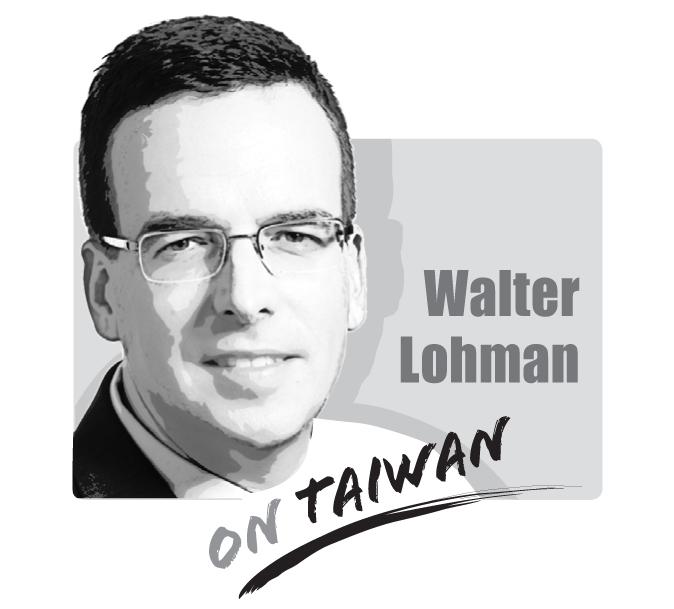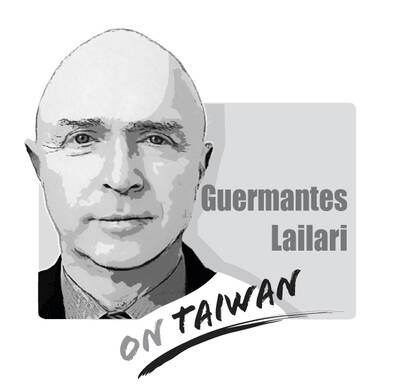The leadership of the single most powerful governing party in the world was set to meet for an annual retreat this August. Did it? As of this writing, the international media still doesn’t really know.
It’s a bit like this every year.
The meeting at Beidaihe is a big deal. It is where the party leadership takes stock of its future and makes plans for the country it rules. Maybe the CCP’s hyper-secrecy made sense when China was in the midst of civil war or when it was isolated and fomenting revolutions beyond its borders. But given Beijing’s role in the world today — one it would like the world to see as positive — much more information is required of it across the board, from economy to military to public health.

Until it provides it, those not in the CCP — and even those in it, but outside the smallest of concentric circles that make decisions — have to glean what they can from elsewhere.
Luckily, there is a lot of information out there. Earlier this year, the Heritage Foundation started a project called the “China Transparency Initiative” (CTI) to better get at it. The idea is to gather in one place open-source data on China from the many NGOs — American and international — currently mining it. In the process, CTI will help publicize their findings, create opportunities to share methodologies, and discover new avenues of research.
To these ends, Representatives from three of the 20 initiatives that Heritage has so far engaged — Hamilton 2.0 Dashboard, Transparent Development Footprints, and the Mekong Infrastructure Project —described their work in a public program at Heritage.
The Hamilton 2.0 Dashboard is run out of the German Marshall Fund of the United States (GMFUS). It tracks Chinese (as well as Russian and Iranian) government and state-funded media messaging on Twitter, YouTube, English-language websites, and UN statements. Quantifying and analyzing the content of these messages offers clues to the objectives of the PRC’s public diplomacy. Reading Xi Jinping’s (習近平) speeches to the likes of the World Economic Forum or Shanghai Import Expo — however out of touch with reality they may be — does that, too. But GMFUS is down in the trenches of the information war deciphering the spin the CCP wants to get out there without necessarily taking credit for it.
For example, among the stories the CCP is most interested in promoting? The dubious Russian claim to have discovered a vaccine for COVID-19. This isn’t speculation or anecdotal. There is always plenty of that. GMFUS judgments are right there in the tweets and retweets.
Transparency Development Footprints is a program of AidData at the College of William and Mary. It is looking specifically at PRC government financing. The program covers 4,300 projects around the world over the last fifteen years. Among the many points of interest in its findings is that, although the US distributes more official development assistance or ODA around the word, the PRC is beating the US by broader measures. That is, when one considers government non-concessional financing and official flows impossible to characterize for lack of information, the Chinese spend more. Africa and Russia are their principal targets.
AidData isn’t a “relic of the Cold War,” as Beijing likes to call efforts to hold it accountable. It is simply making information available so governments around the world can make the best informed decisions about partnering with the Chinese government. In fact, AidData shared its data and methodology with the PRC embassy at its request — something that it was under no obligation to do and had made publicly available in any regard. Not exactly a cold war attitude.
The Stimson Center’s Mekong Infrastructure Tracker sheds light on the most overlooked geopolitical development in the world — China’s growing domination of a 2,700-mile river touching on every country in mainland Southeast Asia. What Stimson is doing is tracking infrastructure development across 1,750 power projects and over 110,000 miles of transportation projects in the Mekong region. Similar to the others, Stimson’s research is not aimed at the PRC exclusively. It is focused on the data. It just so happens that any objective reading of the data points to a massive and unsettling Chinese presence.
The immediate goal of the Heritage initiative is to elucidate what the CCP is really up to, both at home and abroad, in ways that impact US interests and those of its allies. The dream would be for Beijing to render the whole effort redundant by releasing reliable, fulsome information itself.
As things stand, it’s not just the timing of the most important Chinese political gathering of the year that China leaves the world to discover on its own. But for the fine work of many research organizations, the parameters of Chinese power and influence would also be a mystery.
Walter Lohman is director of the Heritage Foundation’s Asian Studies Center.

Chinese state-owned companies COSCO Shipping Corporation and China Merchants have a 30 percent stake in Kaohsiung Port’s Kao Ming Container Terminal (Terminal No. 6) and COSCO leases Berths 65 and 66. It is extremely dangerous to allow Chinese companies or state-owned companies to operate critical infrastructure. Deterrence theorists are familiar with the concepts of deterrence “by punishment” and “by denial.” Deterrence by punishment threatens an aggressor with prohibitive costs (like retaliation or sanctions) that outweigh the benefits of their action, while deterrence by denial aims to make an attack so difficult that it becomes pointless. Elbridge Colby, currently serving as the Under
The Ministry of the Interior on Thursday last week said it ordered Internet service providers to block access to Chinese social media platform Xiaohongshu (小紅書, also known as RedNote in English) for a year, citing security risks and more than 1,700 alleged fraud cases on the platform since last year. The order took effect immediately, abruptly affecting more than 3 million users in Taiwan, and sparked discussions among politicians, online influencers and the public. The platform is often described as China’s version of Instagram or Pinterest, combining visual social media with e-commerce, and its users are predominantly young urban women,
Most Hong Kongers ignored the elections for its Legislative Council (LegCo) in 2021 and did so once again on Sunday. Unlike in 2021, moderate democrats who pledged their allegiance to Beijing were absent from the ballots this year. The electoral system overhaul is apparent revenge by Beijing for the democracy movement. On Sunday, the Hong Kong “patriots-only” election of the LegCo had a record-low turnout in the five geographical constituencies, with only 1.3 million people casting their ballots on the only seats that most Hong Kongers are eligible to vote for. Blank and invalid votes were up 50 percent from the previous
Japanese Prime Minister Sanae Takaichi lit a fuse the moment she declared that trouble for Taiwan means trouble for Japan. Beijing roared, Tokyo braced and like a plot twist nobody expected that early in the story, US President Donald Trump suddenly picked up the phone to talk to her. For a man who normally prefers to keep Asia guessing, the move itself was striking. What followed was even more intriguing. No one outside the room knows the exact phrasing, the tone or the diplomatic eyebrow raises exchanged, but the broad takeaway circulating among people familiar with the call was this: Trump did